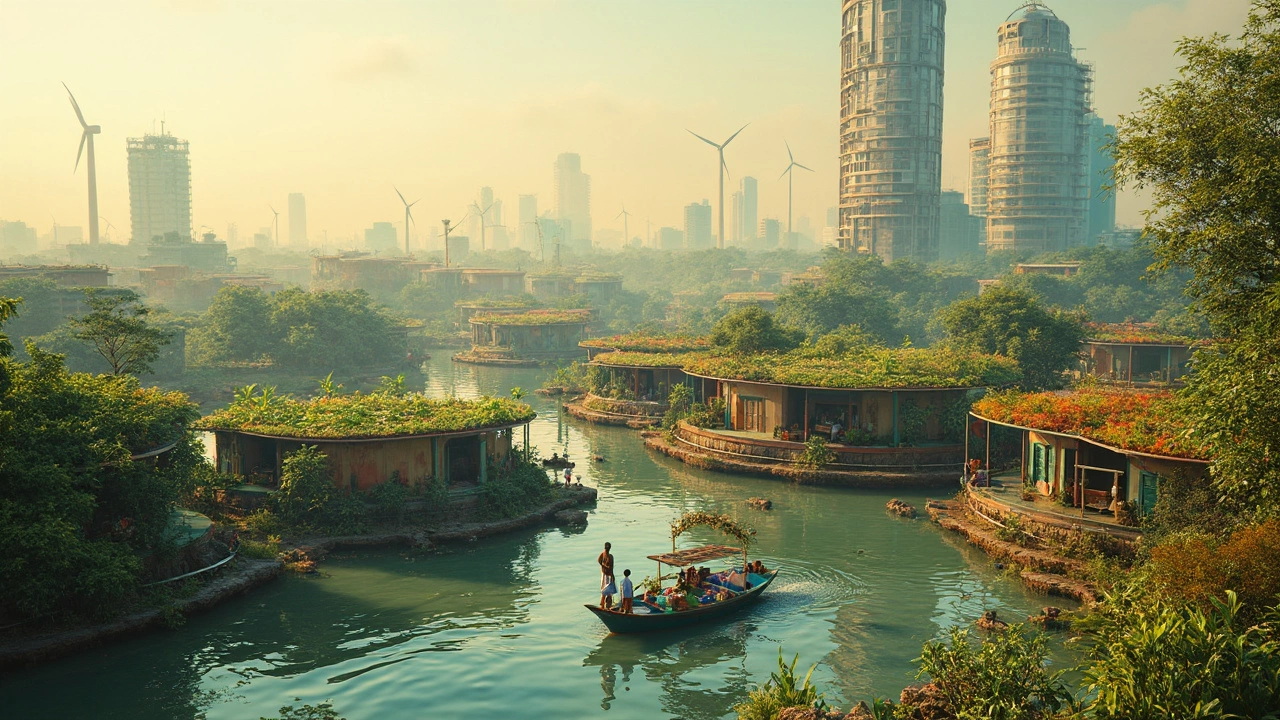Technology Transfer in India: How Research Becomes Real Innovation
When a scientist in Bangalore develops a new way to clean water or a team in Hyderabad creates a low-cost diagnostic tool, that’s just the start. Technology transfer, the process of moving research from labs to real-world use. Also known as innovation transfer, it’s what turns good science into something that actually helps people. This isn’t about patents sitting on shelves. It’s about making sure a vaccine design reaches rural clinics, a solar charging system powers a village, or an AI tool helps doctors spot disease faster. In India, this gap between discovery and delivery is one of the biggest challenges—and one of the biggest opportunities.
Behind every successful technology transfer is a transfer agent, a specialist who handles patents, licensing, and partnerships between researchers and companies. These aren’t lawyers or bureaucrats—they’re connectors. They figure out who needs the tech, how to protect it legally, and how to make it affordable. Without them, even the best ideas die quietly. And it’s not just about money. Real adoption needs local input. A water filter designed in Delhi won’t work in Odisha if farmers aren’t part of the design process. That’s why scientific collaboration, especially between universities, startups, and community groups. is critical. The most successful projects in India don’t come from top-down mandates. They come from teams that talk to farmers, nurses, and small shop owners before they even build a prototype.
What you’ll find here isn’t theory. It’s the real stories behind India’s tech progress. You’ll read about why renewable energy is now cheaper than coal, how data scientists spend more time talking to nurses than coding, and what it actually takes to turn a lab discovery into a product that changes lives. There’s no fluff—just clear, grounded insights from people who’ve been through the process. Whether you’re a researcher wondering how to get your work out there, a student thinking about a career in innovation, or just someone curious about how India’s tech scene really works, this collection gives you the full picture.




